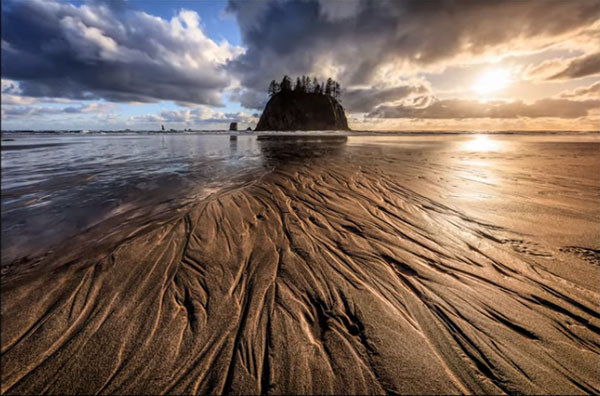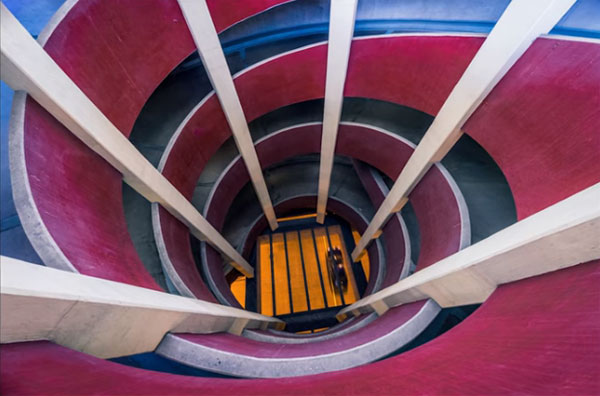How to Use Leading Lines for ATTENTION Grabbing Travel and Nature Photos (VIDEO)

Whether you’re a nature photographer, travel shooter, or portrait specialist, you’re no doubt familiar with several “Rules” of composition that are intended to help add impact to your work. There are two common themes running through of all of these guidelines. One is to grab the attention of those looking at your photos, and the other is to guide a viewer’s eye through the image in the way you intend.
When it comes to nature and landscape photography, perhaps the most compelling compositional aid is the notion of leading lines. As you’ll see in the quick video below, by using leading lines, and the related concept of “vanishing point,” you will create images that really get noticed.

In this seven-minute tutorial from Shuttermonkeys TV, photographer Ian Plant demonstrates how he employs leading lines to create extraordinary landscape imagery. He also discusses a few things to avoid when using this technique to compose your photographs.
Plant uses stunning images to demonstrate his techniques, and you can view a wide selection of his amazing work on his website to get even more ideas. As he explains, “The idea is to look for lines from point A to point B that will guide the viewer deeper into your composition.” He notes that you needn’t limit yourself to straight lines, because curved lines accomplish the same goal.

One common mistake photographers make with this method is to frame a shot looking directly toward vertical lines that lead directly from the foreground to the background of a scene. A similar mistake is to use horizontal lines leading across the image. According to Plant, a more dynamic approach is to compose the shot with the lines on one side or the other, so they run diagonally through an image.
As you’ll see, the leading lines you employ can be physical objects in a scene, or even strong patches of light. Plant offers a number of dos and don’ts in this episode, and they’ll all help improve your imagery.
You can find more interesting tutorials on the Shuttermonkeys TV YouTube channel, and see more of Plants powerful photos on his website.














































